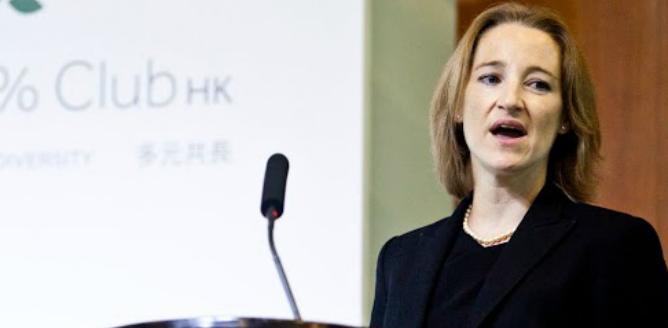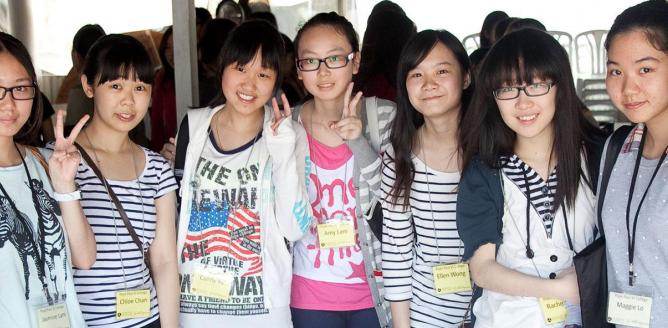“Without women actively contributing to what’s built, we’ve seen that technology can be coded in a way that includes racial and gender bias.” – Priyanka Chopra, actress and tech investor
Gamification has become increasingly popular over the last decade, particularly in educational and corporate settings. Incorporating more game-based learning into classrooms and workplaces is an effective way to encourage more women and girls to take up STEM skills.
Hong Kong is no exception to this trend. Last week, we held the final event in our TECH Talks series on the gamification of learning in collaboration with Bloomberg. Our speakers shared the diverse ways in which the gamification of learning can be applied; from STEM education and holistic competencies to HR management and employee engagement.
In the corporate world, gamification is being used as an employee engagement tool. Jenny Pong, Group Director of Human Resources at JTH Group introduced an award-winning corporate app which features gamification challenges and a VR360 video, in which employees - with the aid of VR360 glasses - can meet management virtually and view JTH offices in different locations. The app also encourages employees to work towards different tasks to redeem prizes.
Equally significant, the app was created by a group of female HR team members, debunking gender-related misconceptions about tech abilities.
In the classroom, game-based learning can be used as a powerful motivating tool. Natasia Sun, Expansion Manager at First Code Academy shared an inspirational story: a young student, Sarah, was uninterested in STEM-related subjects and only attended a coding course at her parents’ insistence. However, once she learned how to use a visual programming language to build games, she was motivated to continue learning to code. Sarah later went on to combine her interests in fashion and design with coding and animation, showing that gamification encourages the younger generations to understand and engage with technological processes, and also empowers boys and girls to become creators of tech.
The fastest-growing occupations are related to STEM, and an estimated 90% of future jobs will require information and communication technology (ICT) skills.
However, attracting female talent to the STEM fields in Hong Kong is challenging. TWF research released last year showed the “leaky pipeline” phenomenon played a major role in the under-representation of girls in STEM fields. Female students are more likely to drop out of STEM-related courses than their male counterparts and a lower percentage of girls were interested in pursuing a STEM-related career.
After several years of collaboration with schools under our Girls Go Tech Programme, we are proud to see transformative results when schools prioritise girls’ STEM education. Earlier this year, TWF launched our Girls Go Tech Alumni Platform – a new game-based initiative designed to encourage our GGT alumni to continue learning STEM subjects and facilitate self-directed learning while earning rewards at the same time.
Let’s work together to close the pervasive gender gap in the STEM fields to enable women and girls’ full participation in the economy.
Get in touch at Fiona.Nott@twfhk.org.





















